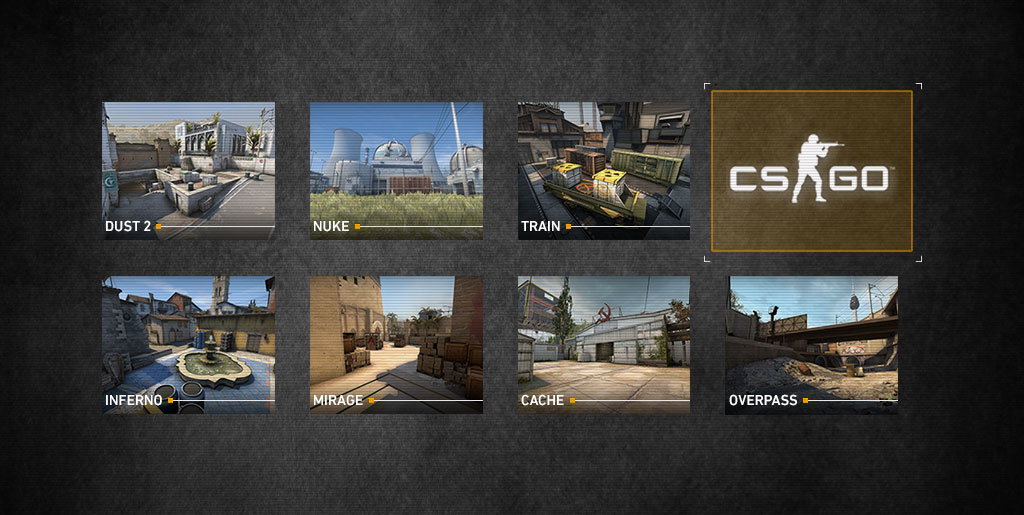Chunai Updates
Your go-to source for the latest news and insights.
Cache Conundrums: Your Go-To Guide for Dominating CSGO’s Most Iconic Map
Unravel the secrets of CSGO's most iconic map! Master strategies, tips, and tricks to dominate your opponents and elevate your gameplay.
Mastering Cache: Essential Strategies for Every Player
In the realm of online gaming, mastering cache is crucial for every player looking to enhance their performance and experience. Cache, in this context, refers to the temporary storage that helps speed up access to frequently used data. To achieve effective caching, players should prioritize strategies that not only improve load times but also optimize gameplay. One essential tip is to regularly clear your cache to ensure that outdated or corrupt data does not hinder your performance. Additionally, utilizing browser extensions or game-specific tools designed to manage cache can streamline your experience.
Another key strategy for mastering cache involves understanding the balance between graphics and performance. Players should adjust their settings to find the sweet spot where they can enjoy stunning visuals while maintaining fluid gameplay. This can often mean lowering texture quality or disabling certain features that consume more memory. Moreover, familiarize yourself with various caching techniques, such as browser caching or using content delivery networks (CDNs) for faster data retrieval. By implementing these essential strategies, players can significantly enhance their gaming experience and overall efficiency.

Counter-Strike is a highly popular tactical first-person shooter that has gained a massive following since its inception. Players engage in intense matches, often featuring the iconic AWP sniper rifle, which is known for its powerful one-shot capabilities. For those interested in customizing their weapons, the awp printstream skin offers a unique and stylish design that many gamers admire.
Understanding Cache's Layout: Key Areas and Callouts Explained
Understanding the layout of a cache is essential for optimizing performance in computing. A cache typically consists of several key areas, each serving a specific purpose. These areas include cache lines, where data is stored, and tag stores, which hold metadata for each line. Additionally, replacement policies play a crucial role in determining which cache lines are replaced when new data is loaded. Familiarity with these components allows developers and system architects to fine-tune their systems for maximum efficiency.
Moreover, understanding callouts within cache layout can significantly impact data retrieval speed. For instance, a cache might implement different strategies such as write-through and write-back techniques that dictate how changes to data are handled. Within these callouts, it’s vital to evaluate metrics like hit rate and miss rate, as these statistics directly reflect the effectiveness of cache utilization. By analyzing these key aspects, one can uncover opportunities for enhancing system performance and reducing latency.
What are the Best Tactics for Attacking and Defending on Cache?
Cache is a map that requires teams to master both attacking and defending strategies to secure victory. On the attacking side, one of the best tactics is to utilize utility effectively. This includes throwing smoke grenades to block enemy vision and deploying flashbangs to disrupt their line of sight. A well-placed smoke at Mid can allow for safe advancement, while a coordinated push through A or B site can catch defenders off guard. Additionally, it’s crucial to have a designated entry fragger who can lead the charge, allowing teammates to follow in for quick trades.
On the defensive side of Cache, positioning and communication are essential. Players should adopt a dynamic defensive setup, with one person monitoring Mid to control rotations while others hold sites. A common tactic is to stack players towards one site and bait the attackers into thinking it’s weak. Utilizing bait setups and crossfires can also maximize kills. Remember to constantly communicate with teammates to relay enemy positioning, and make use of utility to delay or thwart attacks effectively. This ensures that defenders maintain control of the map while minimizing casualties.